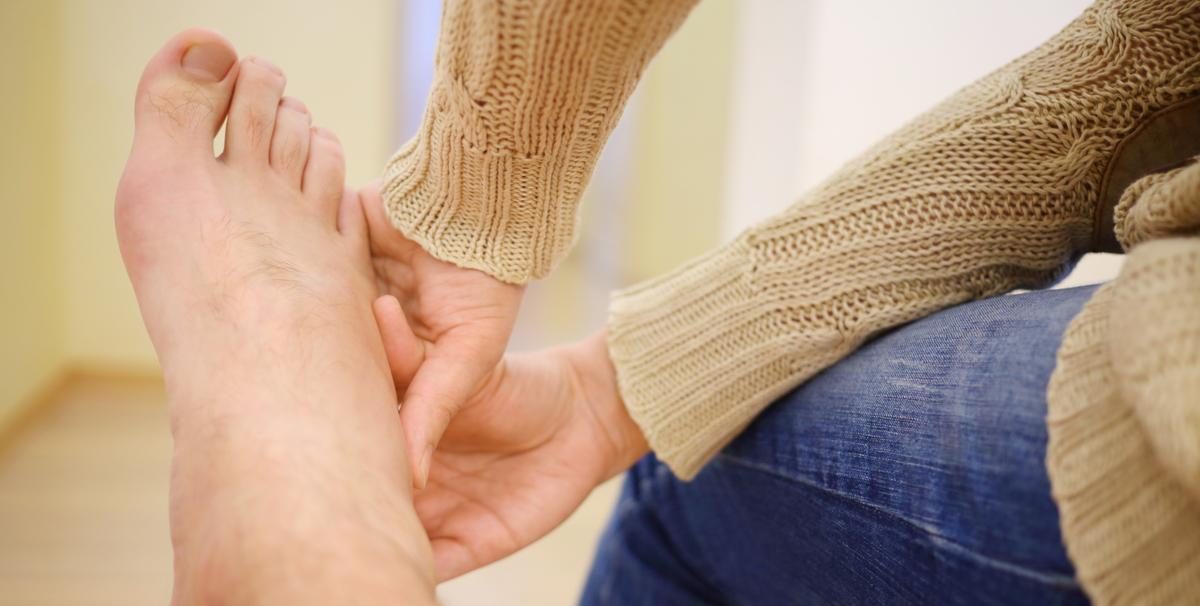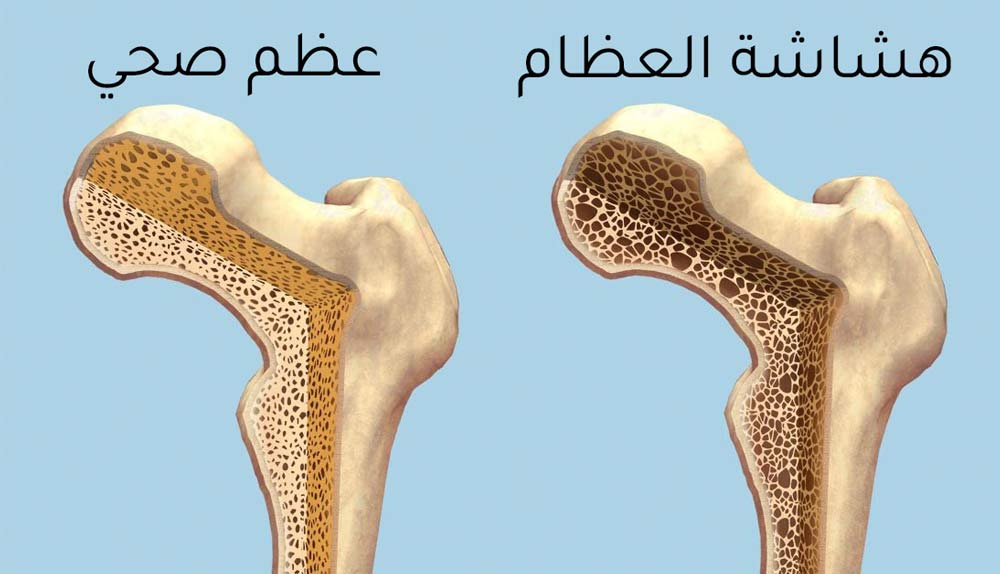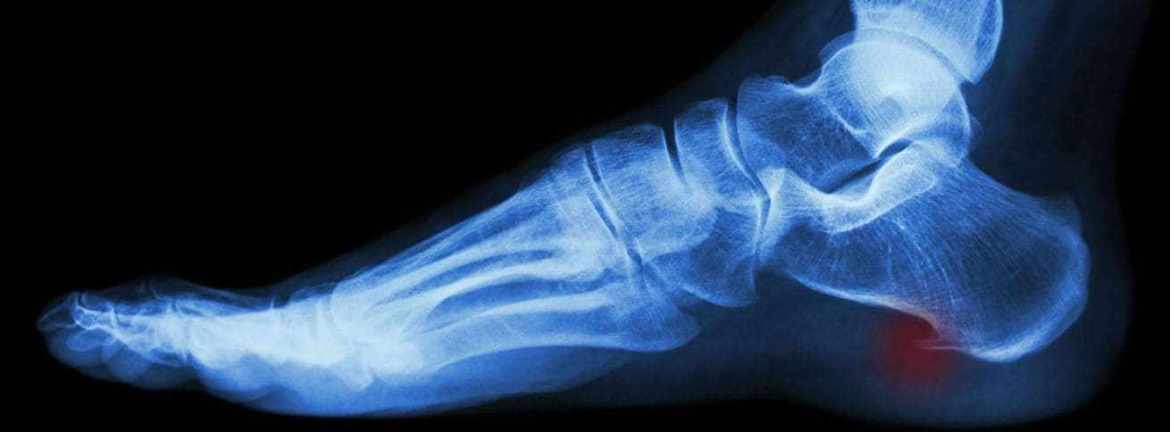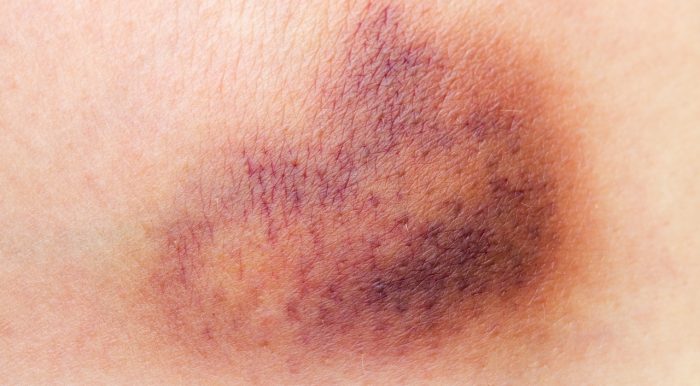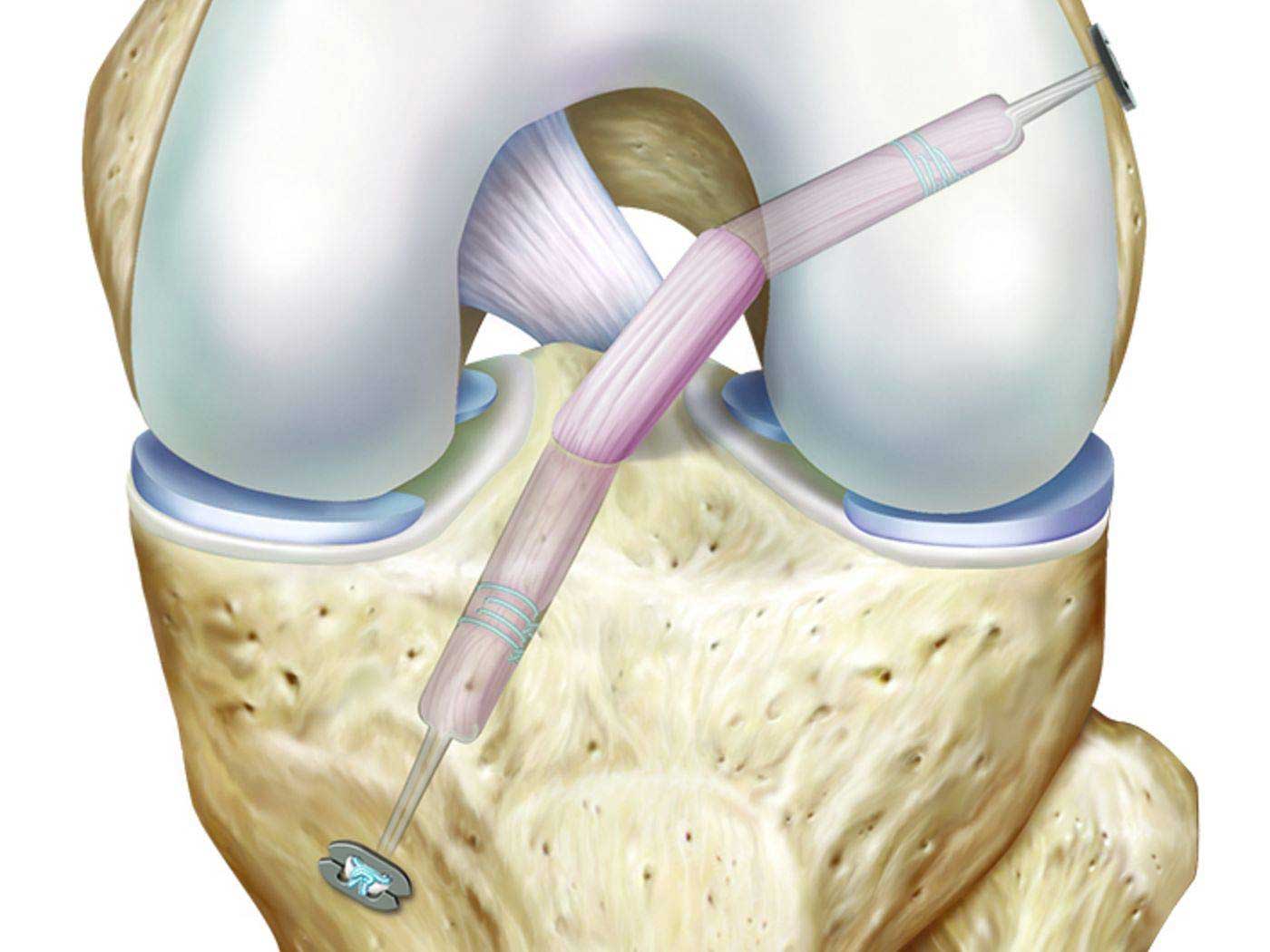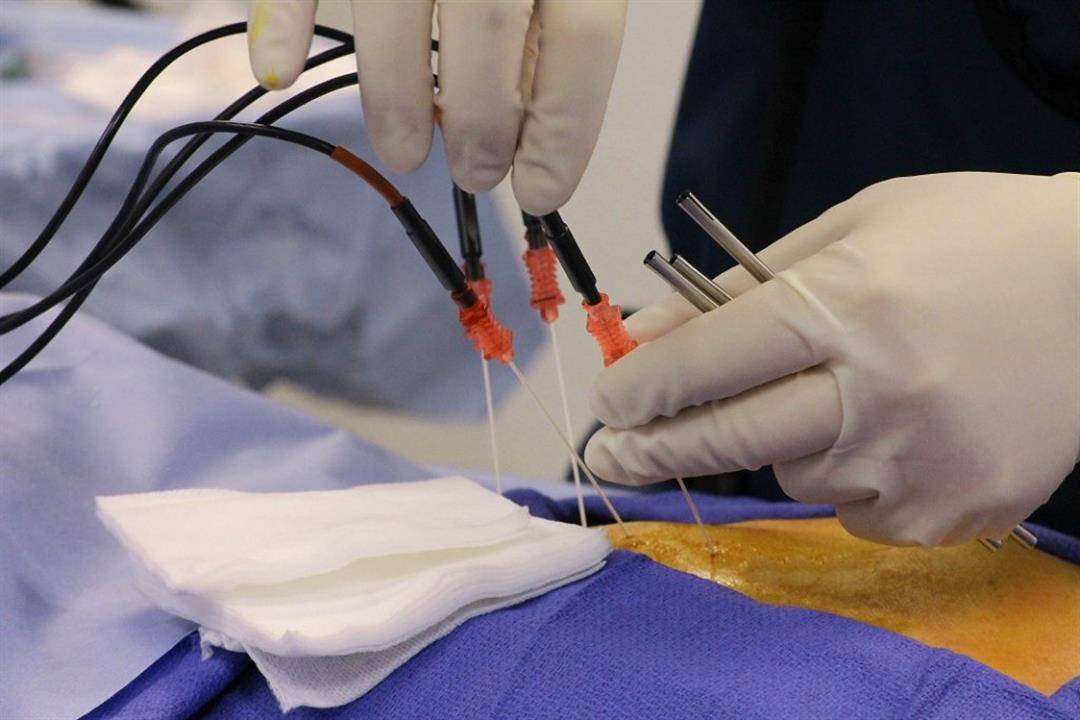What you do not know about plantar fasciitis
Plantar fasciitis is one of the diseases that affect the soles of the foot specifically in the heel area and causes severe pain that sometimes reaches the toes and increases in the morning or after steadfastness in one position for a long time such as standing or sitting, and we provide you with full details in this article about the causes of inflammation, symptoms, causes and other common questions about plantar fasciitis … so follow us
Plantar fasciitis
There are a large number of infections that affect the foot, and often the person suffers from pain in the affected part at a time when it extends to other parts of the foot, one of the heel diseases specifically in the heel area is plantar fasciitis.
The plantar fascia works mainly to support the foot and helps reduce pressure on this part of the body in order to enable the person to move with greater balance. The plantar fascia is similar in shape to a network of thick links that connect the heel and the foot from the front.
Doctors gave more than one name to the plantar fascia, including the plantar fascia or the plantar ligament. Inflammation sometimes affects this part of the heel of the foot and causes irritating pain that usually begins with the person early in the morning and decreases in intensity by moving and using the foot, but sometimes the pain increases again due to standing or sitting for a long time.
Symptoms associated with plantar fasciitis
Plantar fasciitis is one of the most common diseases that affect the heel of the foot and sometimes even the toes, and it has more than one symptom through which it is possible to initially identify the infection with this inflammation, as follows:
- Pain in the bottom of the foot, specifically the heel area.
- The feeling of pain is like tingling in the heel of the foot, especially in the period after waking up in the morning, and it begins to fade over time.
- Pain after periods of rest or sitting for a long time.
- A person also feels pain after doing activities that require a lot of time or standing for long periods.
Causes of plantar fasciitis
The plantar fascia tissue consists of several bands of fibrous tissue that connect the heel and toes and help support the arch of the foot enough to ensure a straight and balanced walk. Overloading or stressing these tissues can cause small tears that cause inflammation.
Sometimes the inflammation in the plantar fascia is also a result of repeated rupture and tension in these ligaments, which makes them irritate and cause pain in the heel of the foot, no underlying cause of this infection has been identified, but some factors help in its occurrence.
Factors causing plantar fasciitis
The main cause of plantar fasciitis has not yet been identified, but there are a number of factors that may contribute to the occurrence of this inflammation, including
- Weight gain: Obesity is one of the causes affecting the heel of the foot and causing it to rupture due to excessive pressure and effort on this part.
- Age factor: Plantar fasciitis is most common in people between the ages of 40 and 60.
- Some types of sports: Sometimes certain types of exercises that require great effort on the heel of the foot, including running or aerobics, and even ballet dancing, may cause inflammation in the plantar fascia tissue.
- Standing: Standing for long periods at work without taking a break can greatly strain the heels.
- The shape of the foot: The person’s foot may have a flattened arch that may cause pressure on the plantar fascia and its inflammation.
- One of the factors that affect the infection of women specifically with this infection is wearing high heels and standing for long periods.
Complications associated with plantar fasciitis
Neglecting plantar fasciitis and dealing with the disease as a temporary situation only may sometimes lead to major complications that exacerbate the problem and make it difficult to treat after that, and the complications of this disease include the following:
- Sometimes the patient has to adjust the way of walking in order to reduce the load on the heel of the foot in order to reduce the pain.
- Increased load and pressure on the leg, knee, and thigh also, which affects them negatively.
- Taking some medications such as steroid injections and others may cause weakness in the plantar ligament, which increases its rupture and irritation.
- Sometimes surgical intervention may be required, so the patient here faces other risks, including infection or bleeding.
Plantar fasciitis treatment
Plantar fasciitis is a disease that affects the lower part of the foot, from the heel to the toes, and causes pain in this area. It is not difficult to diagnose the inflammation, the doctor examines the foot carefully at the beginning and the patient may take an X-ray or MRI for the doctor to make sure that there are no other diseases that cause pain.
Often the pain of plantar fasciitis goes away after a period of up to 10 months if the patient treats the injury properly. Relying initially on pain relievers, including ibuprofen and naproxen sodium, may help relieve the feeling of soreness caused by the inflammation.
Plantar fasciitis treatment has more than one form and more than one tool is used to relieve symptoms and treat pain, as follows:
- Physiotherapy: Treatment may sometimes require physiotherapy at the hands of specialists, and the treatment works to strengthen and tighten the muscles to bear the pressure.
- Anti-inflammatory drugs: The use of this type of medication works in the first article to reduce pain and treat the inflammation that causes it, which presses on the tissues of the plantar fascia, and it is important to follow up with your doctor in this matter.
- Cortisone injections: Cortisone injections can help relieve pain, such as anti-inflammatory steroids.
- Using ice: Dipping the feet in cold water or ice for up to 20 minutes helps reduce pain caused by inflammation in the heel of the foot.
- Rest: It is important to relieve plantar fasciitis pain so that the patient takes more rest and avoids activities that require him to stand for long periods or put excessive pressure on the foot.
- The use of medical supports: The use of thick-heeled shoes and cushions in the case of plantar fasciitis is important because it helps the patient relieve the pain associated with the disease.
- The use of night splints: Doctors explained that the use of night splints or a night corset works to make the plantar ligament in a stretching position, which helps to enhance its flexibility and support.
The diseased condition of the person with plantar fasciitis may require surgery at some stage, especially if the previous measures did not work. In this case, doctors may recommend the following:
- Injections with plasma taken from the blood, which includes a large number of platelets that help heal tears in the ligaments, and this helps reduce pain.
- Physical therapy can be used in shock wave therapy, which is external sound waves (ESWT) that work under the influence of pneumatic vibration of the same wave speed directed to the tissues in the plantar fascia, which enhances the ability of the heel to appear to heal.
- Depending on the patient’s condition and need, the doctor may resort to TENEX treatment in the heel of the foot through sound waves and remove the damaged tissue from the body later.
- In advanced stages of plantar fasciitis, surgical operations are used, but this is in a small number of patients. In surgery, the plantar fascia is isolated or separated from the heel to relieve the constant feeling of pain.
Plantar fasciitis treatment at home
It is possible to treat plantar fasciitis at home and relieve pain, especially in the early stages of the infection. Here are some tips that may help you:
- It is important to take more rest and avoid activities that require excessive effort or require you to stand for a long time.
- If you are obese, it is a good idea to maintain a healthy weight so as not to overload the foot and cause stress and tissue damage.
- Comfortable, thicker shoes with arch support may protect you from plantar fasciitis pain, and staying away from high-heeled shoes will make walking more comfortable.
- It is possible to replace sports that strain the foot, such as walking or running long distances, with less strenuous types, including swimming or cycling, and this relieves the stress of the ligaments in the heel.
- Cold water compresses or using ice covered with cloths on the place of pain from 15 to 20 minutes several times a day will relieve pain in the heel of the foot.
- Strengthening the plantar fascia tissues through stretching exercises for the arch of the foot increases the ability of this part to bear pressure and reduces the feeling of pain.
Can plantar fasciitis be cured?
One of the questions that come to the minds of patients with plantar fasciitis is, can the inflammation be cured? How long does recovery from the disease last? With some self-care, following the doctors’ instructions, adhering to greater comfort, and avoiding excessive stress on the heel of the foot, a patient with plantar fasciitis may be cured within 6-10 months.
The time it takes to heal plantar fasciitis may be long, but taking care to reduce risk factors and avoiding the causes of excessive stress on the plantar fascia tissues may contribute to reducing the duration of treatment.
How long does plantar fasciitis last?
Plantar fasciitis is due to ruptures and irritation in the ligaments that make up the plantar fascia, and it results in severe pain in the heel of the foot that reaches the toes, and there are many treatments used for this disease, including what can be followed at home and others that can be under medical supervision.
Plantar fasciitis may take several months, starting from 10 months, while continuing to follow the treatment intended for this type of heel infection, but the period may be prolonged when the patient neglects the symptoms of the disease.
What is the cause of plantar fasciitis?
In the soles of the foot, there is a tape-like tissue that connects the heel and toes, called the plantar fascia. In the case of severe stress or flattening of the arch of the foot, tears or excessive tension occur in the tissues, resulting in inflammation in the part of the plantar fascia, followed by severe pain in this area.
An underlying cause of plantar fasciitis has not yet been determined, but there is more than one risk factor that may help damage this part, including excess weight or exercising that requires a great effort, such as running long distances and standing for a long time, and it is also possible that uncomfortable or high-heeled shoes are one of the causes of damage to the plantar fascia.
Is walking harmful for patients with plantar fasciitis?
Walking or movement, in general, may be somewhat difficult for patients with plantar fasciitis, and doctors advise them in the early stages of the disease to avoid walking long distances so as not to increase the stress of the ligaments, but after recovery, low-intensity walking is important and permissible to lengthen and strengthen the ligaments.



